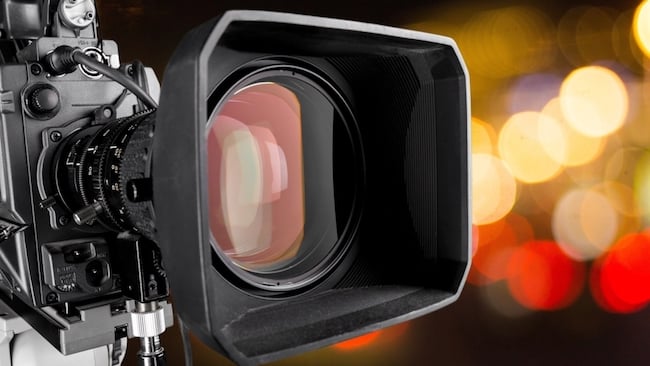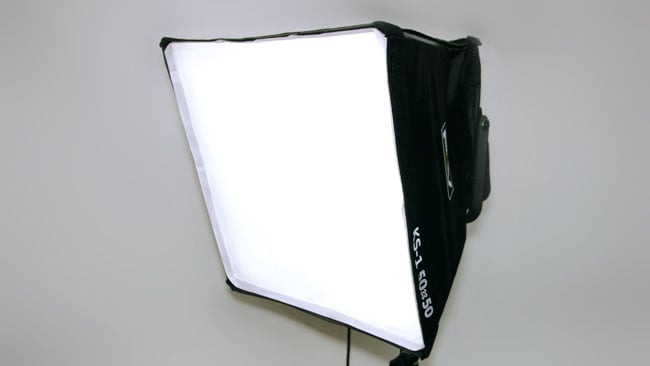
Replay: Has the fixation on replicating a film's look become another form of gear addiction?
Anyone who's even thought about being involved in film or TV has, at some point, asked about the equipment used to shoot a piece of footage that they find particularly aspirational. We're never likely to grow out of asking about cameras, of course, and lenses have also become a recent target of keen interest for people looking to duplicate someone else's look. Let's overlook, for a moment, the artistic validity of duplication, since we're discussing a field of commercial art in which it's often necessary to produce results to order without (much) consideration of the artistic merits of the approach that's been asked for. It's commonplace to be shown an example of a photographic style and be asked if it's achievable in the current circumstances. Ignoring the reality that the requested effect is often not reliably achievable, the safest approach is to do exactly what's asked for: to copy as closely as possible.
 The people want to know. Mainly, they want to know which camera was used.
The people want to know. Mainly, they want to know which camera was used.
Yes, okay, that isn't a very nice reality, but it is reality. Life being what it is, people probably have been criticised for getting too close to what the director asked for, but it's a much more reliable bet than going daringly off-piste in a misdirected leap for glory that, in the end, risks the approbation of nobody.
 It really doesn't matter what's driving this softbox, as long as the colour performance is adequate.
It really doesn't matter what's driving this softbox, as long as the colour performance is adequate.
This, among other things, leads camera people the world over to try to duplicate other people's set-ups with microscopic precision. It's an understandable inclination, but is this not just another example of skilled people being blinded by gear-lust? It's one thing for a first-year film student or enthusiastic amateur to cast around for the details of what the big names are doing. It's quite another for experienced people, who should know that an 8-by-8 diffusion performs (within reason) identically regardless of what's driving it, to decide that only a particular manufacturer's light will do.
Views like this often generate a cavalcade of objections from people who often own equipment and have become very used to the small details of its operation. Nobody's seriously objecting to that; if you like the way the clamps on your stands work or if you find that the way the barn doors on your favourite Redheads operate allows you to do specific things that are useful, nobody has any argument. In general, though, let's ask not about what camera pr lights were used. Instead, ask the more informative question about how, in general and in details, the material was shot.
Such a question avoids confusing the situation with details that don't matter or, at least, don't matter much. It also invites comment on the crucially important subjects of production design, choice of location and other matters affecting what goes in front of the camera. Possibly, the need for specifics was greater in the days of film, when particular gels or camera filters would have an effect that could only be established either by expensive testing or, worryingly, by guessing and looking at the rushes from day one, fists crammed in mouth. Now, though, when the results of a filter grade or wardrobe choice can, often, be immediately and accurately previewed, there is less need for this industry-insider folklore about what does what.
Tags: Production


Comments